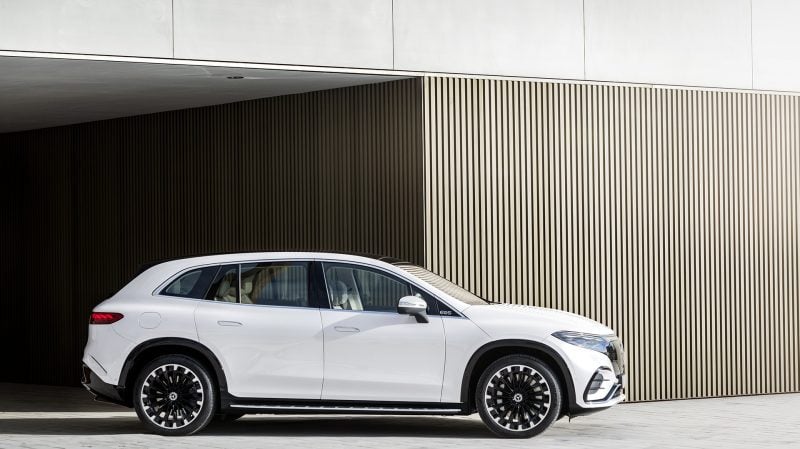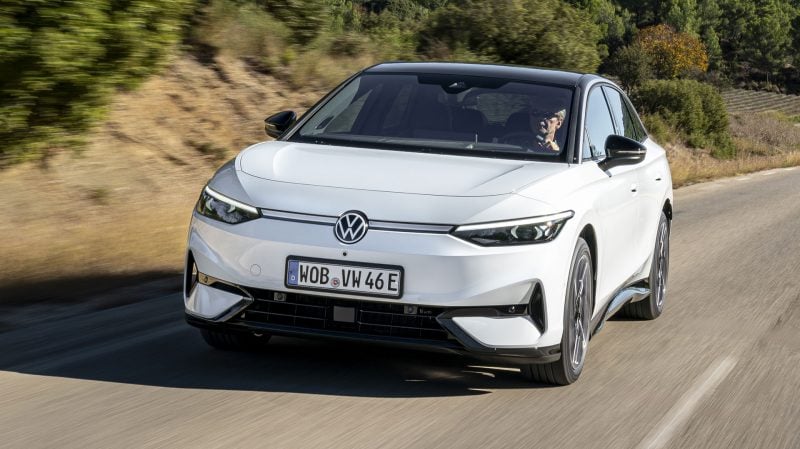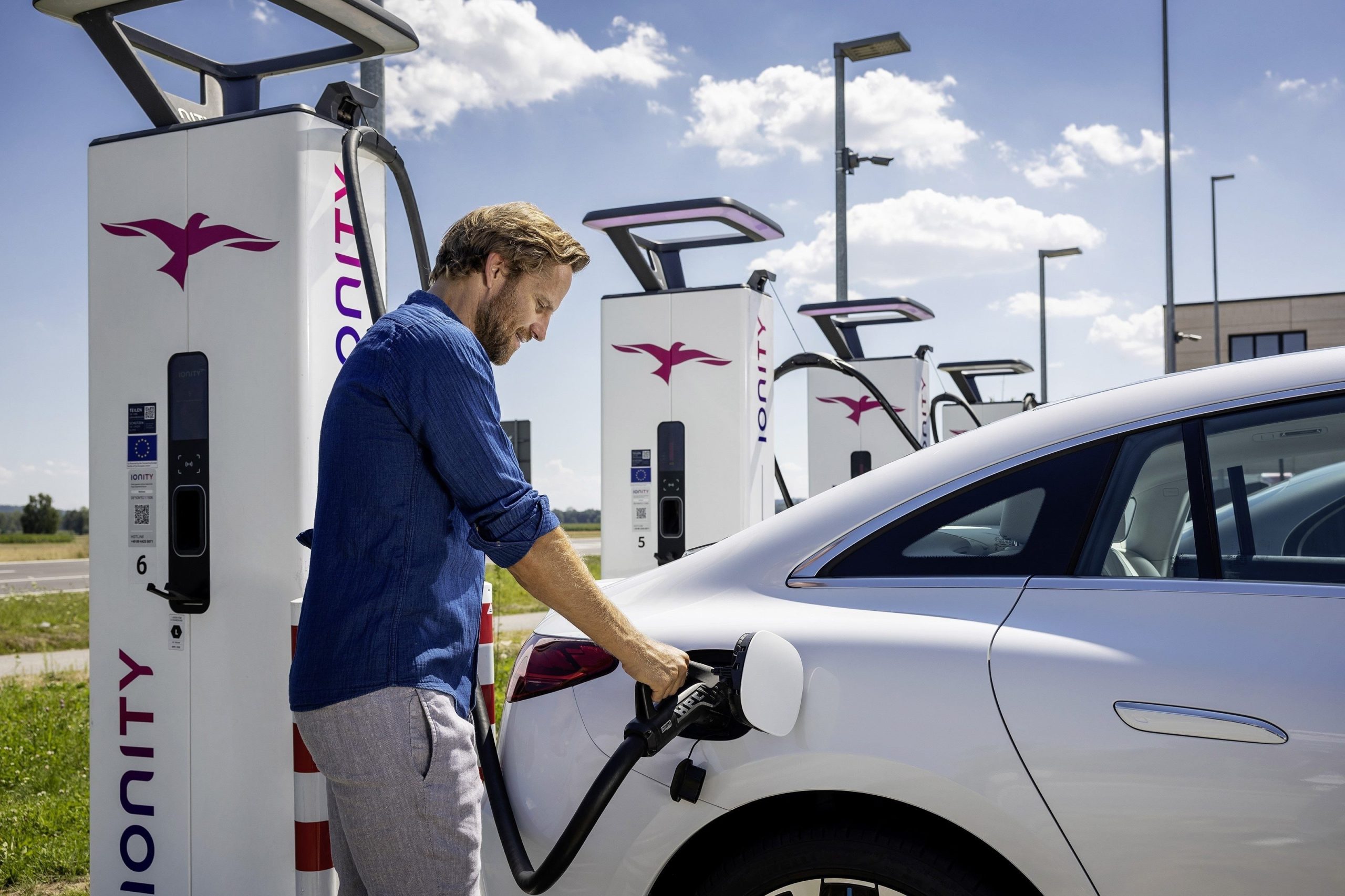Should we only hope to see electric vehicles with 1000 km of autonomy on our roads one day, which could involve massive batteries for each of them? Everyone will have an opinion, but that’s a whole other debate. The one that interests us is different: Could this fateful four-digit threshold really be reached one day in real conditions by a battery-powered electric vehicle? The title of this article is deliberately provocative and biased, so let's be nuanced. Nothing currently indicates that these extraordinary ranges cannot become a reality in the future depending on technological progress and if the conditions are met in terms of mining resources essential to batteries. Everything is obviously possible. But without enormous work on aerodynamics and without the participation of the general public, it will be very difficult to work miracles without using batteries with unspeakable capacities.
The importance of speed
The electric vehicle has this particularity that the faster it goes, the more it consumes. Whereas a vehicle with a combustion engine can consume as much or more in the city than on the highway at 130 km/h, and much less in between. The battery car therefore brings back fond memories of the laws of physics which shed much more light on the efficiency of an electric powertrain than a thermal one.
At 100 km/h, 75 to 80% of the vehicle's total forward resistance is generated by air friction. Clearly, unless you only use your vehicle in town and at very low average speed, the impact of air friction becomes preponderant in the majority of use cases. And this is also what explains why electric vehicles lose most of their autonomy on the highway. In other words: the more aerodynamic a car is, the more the depressions around the bodywork and the areas of turbulence are reduced. And the more efficient the car is.
Everything but an SUV
The ideal shape for penetrating the air while spending the least energy remains the elongated drop of water. It is therefore no coincidence that one of the rare cars to pass 1000 km in real conditions is the EQXX (it also had to combine several avant-garde solutions to get there, such as the heat pump with exchanger external)a sedan which takes precisely this characteristic shape with a very slender stern, a front with the smallest possible surface area and a body height reduced to a minimum. In short, the complete opposite of an SUV. This bodywork combines efficiency problems.

First, the ride height which, in addition to increasing the overall frontal surface of the vehicle, also strongly exposes the wheels under the vehicle to air friction. And since the trend is to widen the rubber, the frontal surface of the vehicle taking into account the front wheels is increased! Bad point. SUVs are also hatchbacks with a very vertical rear which produces a lot of aerodynamic turbulence. Yet another bad point.
Compare the real ranges of the best electric cars according to our standardized measurement cycle. Battery capacity, consumption, autonomy, we tell you everything!
Return to sedans?

Fortunately, there are certain solutions to improve the efficiency of vehicles: plastic blades under the front bumper and placed in front of the wheels, or even multiple deflectors on the mirror shells, rear window and various body parts to better direct the flow air around the vehicle. But these are only marginal gains. The best remains the notchback sedan body… except that the Europeans don't want it anymore!
Aside from the Tesla Model 3 which is an exception to the rule, the new vehicle market is now made up of more than 50% of SUVs in Europe. And since the laws of physics are impenetrable, it seems today very complicated to envisage an electric vehicle with very high autonomy if major efforts on the weight and on its aerodynamic profile are not made. And customers can trigger these efforts. So if you really want high-range electric cars in the future, you know what you have to do: opt for Series 3 or 508s rather than X1s or 3008s and shake up the market again.

